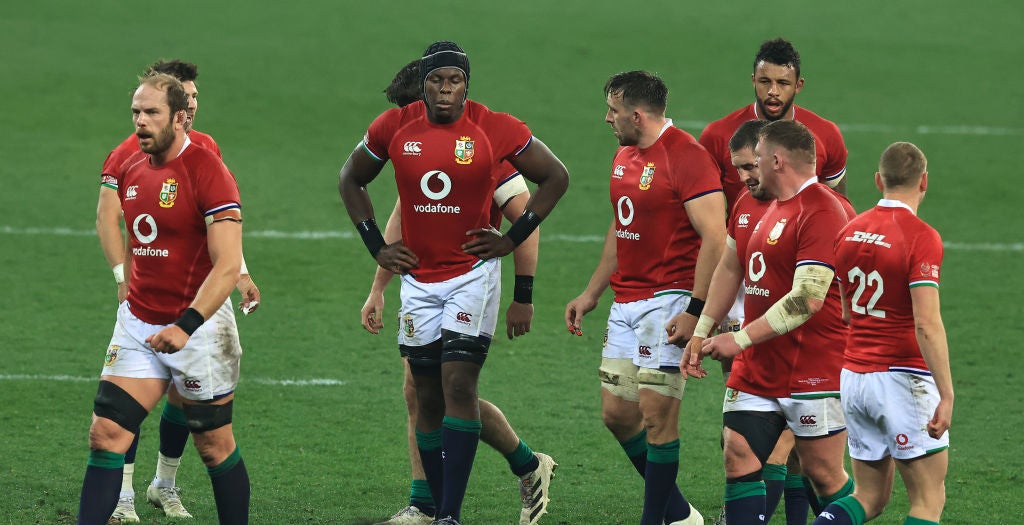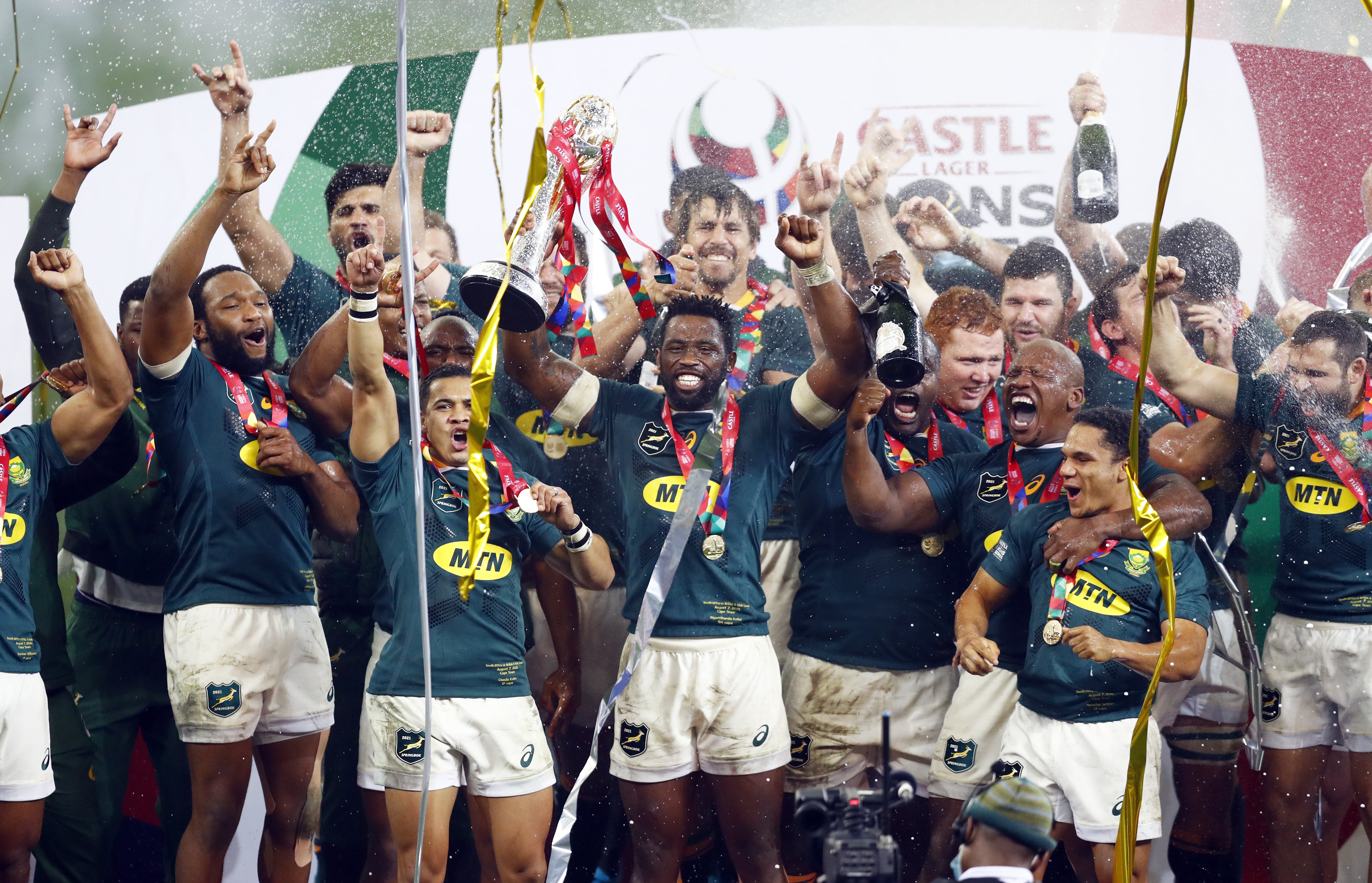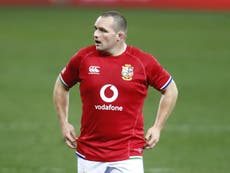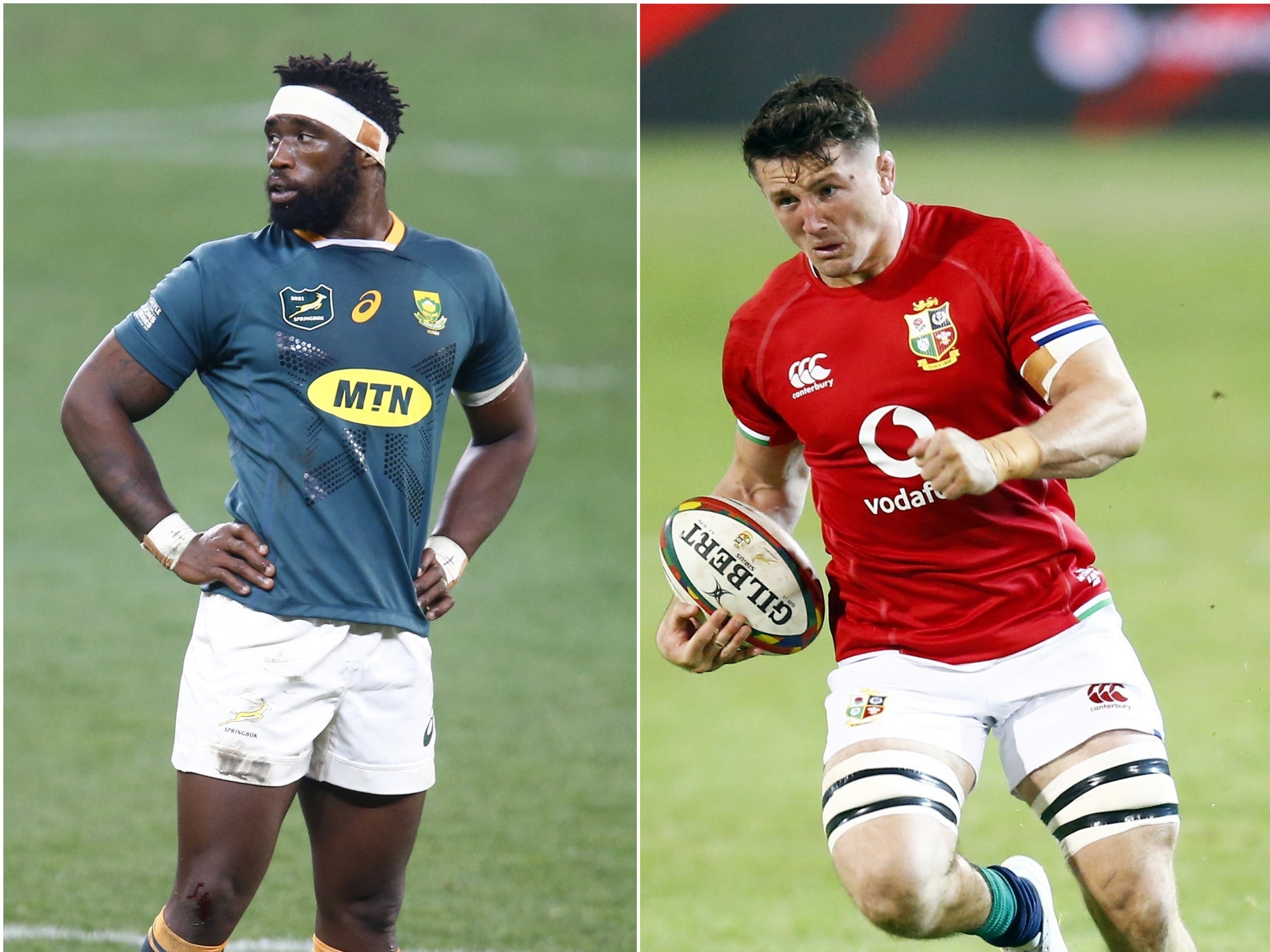Theatre of Green: Gaelic games end a century of separatism
The phrase “hallowed turf” may be a cliché but if one stadium merits the description it is Dublin’s Croke Park, as not just the home of Gaelic games but also, to many, a central repository of the spirit of Ireland.
Its centrality to the idea of Irishness has been sanctified by more than a century of strong tradition, by national feeling, and even by blood. This is historically consecrated territory, the headquarters and heart of an organisation once called “the soul of Ireland”. So on Sunday, when the teams running out will be not Gaelic sportsmen but rugby internationals as Ireland play France, more than 100 years of exclusiveness will be consigned to history.
It will be a proclamation that enormous underlying changes have taken place, not just in sport but in Irish culture and society, a declaration of a new national self-confidence and a willingness to modernise.
Croke Park is expected, for the next few years, to stage not just rugby but football internationals as well, throwing open its gates to what Gaelic purists once balefully frowned on as “foreign” games. Reaching this point has taken years of controversy within the GAA (Gaelic Athletic Association), with impassioned debates between those who sought to keep Croke Park sacrosanct and those prepared to share it.
The issue came to the fore because of the redevelopment of Lansdowne Road, the rugby ground where both rugby and football internationals have been played. The old place, much-loved but increasingly dilapidated, is to be completely reconstructed.
Recommended
Its draft plans depict a stadium with so much transparent material that it is described as “an ephemeral addition to the skyline of Dublin”. The idea of the national teams playing their games in England, Wales or elsewhere found favour with no one, so attention focused on Croke Park, a world-class stadium.
While an outsider might regard this as little more than commonsense, the idea instantly generated much soul-searching. Games such as Gaelic football and hurling had, after all, come into being as both an affirmation of Irishness and an assertion of separateness from Britain.
This sense of independence was overlaid with a feeling of sacrifice and victimhood when, during a violent sequence of events in 1920, British forces, including perhaps the notorious “Black and Tans”, opened fire on the crowd at Croke Park.
On what became known as Bloody Sunday – 21 November – 13 civilians were killed, including a player, Michael Hogan, whose name is commemorated to this day in the Hogan Stand.
But although such episodes remain lodged in the famously retentive Irish nationalist memory, the debate on opening Croke Park featured little or no anti-British sentiment.
It centred not on continuing enmity with any ancient foe, but on what was best for the GAA in an increasingly competitive world: the focus was very much on sporting rather than national rivalries. The old days, when GAA people were forbidden to have anything to with “foreign games”, are long gone.
Today, Gaelic games are hugely popular, as respondents to one recent survey in Ireland illustrated: in a 12-month period 57 per cent said that they had attended a GAA game, 16 per cent had gone to a football match, and just 8 per cent had been to a rugby game.
But although Gaelic games are far ahead in the popularity stakes, some worry a lot about their rivals, for football and rugby attract big television audiences and can pick up lucrative sponsorship. The GAA is an amateur concern, largely kept alive by its own resources.
One of those firmly against lowering the Croke Park drawbridge argued: “The GAA is in competition for players and supporters and should not be complacent. Why should the GAA be asked to take in this sporting Trojan Horse?” Those who saw themselves as custodians of something to be jealously guarded asserted that it was a slippery slope: if Croke was opened, they warned, then the other codes would be looking to use Gaelic pitches all over the country.
On the other side of the argument, one county manager said that he had no objection to Croke being used for other sports “because I know our game is good enough to withstand them”. Another figure added: “If a neighbour’s house went on fire, you wouldn’t leave them without a room.”
Croke has already, it was pointed out, happily hosted visitors ranging from the Special Olympics and American football to U2 concerts.
The anticipated additional income – it should make millions from the rugby and football – was also much-mentioned but was not decisive.
Instead, the crucial factor seems to be centred on the concept of fair play and obliging fellow Irish sportsmen.
“It’s an example of how the times are changing and how the GAA is changing with them,” according to GAA elder statesman Maurice Hayes. “I think the GAA would see it as a good-neighbour policy, because although they are in competition with other games, it’s a friendly and generally respectful competition,” he added.
The debate went on for years, with many of the older generation of administrators wanting to keep rugby and soccer out while many of the actual players favoured allowing them in.
After a certain amount of the procedural trench warfare common in many Irish organisations, in 2005 a GAA Special Congress decided by 227 votes to 97 to take the momentous step, that is with 70 per cent in favour.
In all of this it has become clear that the GAA’s relations with the football authorities are more difficult than they are with the rugby people. One story did the rounds that a senior football figure had looked round Croke and sneered that “this place was built on bigotry”. True or not, the tale has not improved relations between the two sides.
Nor have some publicity events, staged by football figures at Croke, which Gaelic fans grumbled were “triumphalist” in tone.
The GAA president Nickey Brennan voiced displeasure: “We weren’t happy with some of the photo-opportunities taken in Croke Park. We made a big call to allow other sports here, we were magnanimous about it, and I’m disappointed that people continue to push the issue.”
A GAA insider explained: “Some felt that the soccer people were too clever by half and were not only looking for publicity but for a chance to rub GAA noses in the dirt.
“By contrast, the relationship with rugby is much easier. They seem to be more aware of sensitivities, they’re much less in your face about the whole thing.”
It has taken many years but Croke, described once as a cathedral of separatism, is about to become a much broader church, welcoming in those who are rivals but also friends.
This is in keeping with today’s new cosmopolitan, open Irishness and the huge changes the country is living through, showing that the fears and concerns of the old guard have been swept away by the new confidence of the young.
Once rugby and football have been played at Croke it will still be hallowed ground and still be a repository of Irishness: but in future it will also be a telling sign of how that Irishness has evolved and matured.
Hired for a fiver: The history of Lansdowne Road
Lansdowne Road is the oldest international rugby stadium in the world.
Capacity Old stadium: 49,500; revamped stadium: 50,000.
1872 Rented by Henry Dunlop from Earl of Pembroke; first used as an athletics venue.
1872 Lansdowne Rugby club founded, with clubhouse at one end of ground.
1876 Staged first representative rugby match – between Leinster and Ulster.
1878 Staged first international – Ireland v England. IRFU rented the ground for £5.
1880 Wanderers Rugby club moves to the ground with clubhouse at other end.
1900 Staged first football match – Ireland v England.
1974 IRFU buys freehold of Lansdowne Road.
1978 Lower tier West Stand refurbished.
1983 East Stand demolished, new one built.
1995 New floodlights.
2005 Fire damaged the North terrace which was subsequently closed for autumn Tests that year.
2006 New Year’s Eve. Last match in old stadium – fittingly between Leinster and Ulster.
The wind and the wins: Lansdowne Road memories
1940s & 50s
Karl Mullen Hooker and captain (25 caps)
“The thing that has stayed with me about Lansdowne Road was the atmosphere there. When you ran out on to the pitch the noise from the crowd was incredible, it definitely lifted you. The spectators were so close to the edge of the pitch. The changing rooms were not all that great, although when I first started playing for Ireland there was a communal bath and we would all get in it and splash around. But as players we were all spoiled at Lansdowne Road. I remember complaining when we went to London by train – the committee all travelled first-class, we all travelled third-class. But back at Lansdowne Road following a match, we would all be given a cup of tea and a sandwich before heading off to our hotel to change for dinner.”
1960s
Michael Gibson Centre, (69 caps)
“The changing rooms were fairly spartan, although to us, at the time, they were state of the art. Today’s players, though, would probably wonder how we prepared in such cramped conditions. The chief characteristic of the old Lansdowne Road ground was the intimacy with the crowd. I remember the match against France in 1965. We had been comprehensively beaten the year before in Paris. Twelve months on Ray McLoughlin was appointed captain for the first time. He introduced discipline and organisation into our play and coupled that to our natural aptitude and passion. After a pointless first half Mick Doyle scored a try to put us into the lead and the crowd reaction was unbelievable. The noise seemed to roll across the pitch in waves towards us, and it reduced several players to tears. I had never experienced anything like it before. Unfortunately France scored a try and we drew the match.”
1970s
Moss Keane Lock (51 caps)
“I should have been sent off at Lansdowne Road when I went looking for revenge against the French, because the year before I had been kicked in the head in Paris. Unfortunately, by the time it was too late to stop my boot from connecting I realised that I was about to kick the wrong guy. The referee pulled me to one side, but did not send me off. Years later I met him and he said I should have gone but at the time he was too worried about the Lansdowne Road crowd and how they would react to a sending off to dismiss me. Lansdowne Road is also the place where I scored my only feckin’ try for Ireland. We were playing Scotland there and I was well out of position, but if I had been where I was supposed to have been then I wouldn’t have scored. It was in the 35th minute and I think the crowd was momentarily stunned into silence.”
1980s
Ollie Campbell Fly-half (22 caps)
“Twickenham had a reputation for a swirling wind, but, remembering that there are 14 flags around a rugby pitch, it is no exaggeration to say that on two occasions that I played at Lansdowne Road, all 14 flags were blowing, each in a different direction. But the one abiding memory I have of Lansdowne Road is before I was a player. It was 1973. I didn’t have a ticket, but I still managed to get in and I sat on the steps of the West Upper Stand and I witnessed John Pullin leading the England team out on to the pitch. It was the year Scotland and Wales refused to travel over. England were given a standing ovation and that moment gave me goose bumps. Pullin got another standing ovation that evening, when he said at the post-match dinner: ‘We may not be much good, but at least we turned up.'”
1990s
Recommended
Conor O’Shea Full-back (35 caps)
“The rebuilding is a sad necessity. The stadium, in terms of facilities, is past its sell-by date. In fact it is an embarrassment in the modern era, given what spectators and corporate hospitality have come to expect elsewhere. They did need to move on. The dressing rooms were fine, everything was really well kept as far as that went. OK, they were not The Ritz, but they were functional. But the new stadium will incorporate plunge pools, rehab rooms and so on. In my day, when post-match rest and recovery was introduced, we had to take a coach to a nearby school and use their pool. I think even the conditions out on the pitch will change with an enclosed stadium. Lansdowne Road is one of those places that even when there is no wind blowing throughout Dublin, you can stand in the middle of the pitch and there is always a strong breeze.”
Source: Read Full Article





